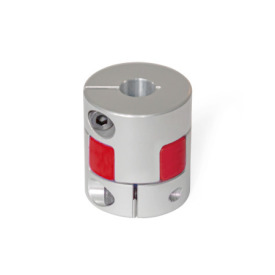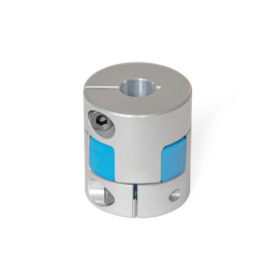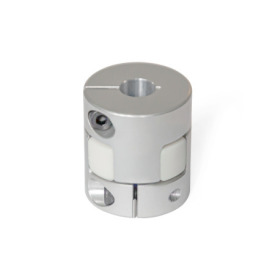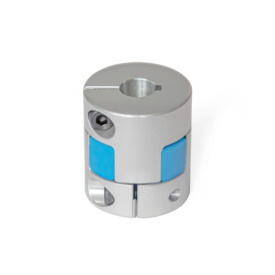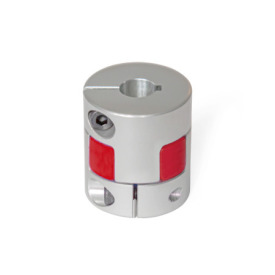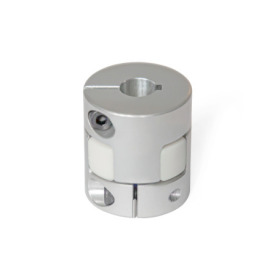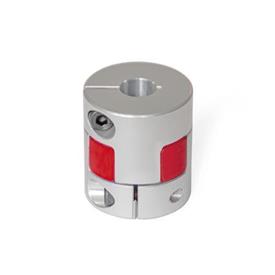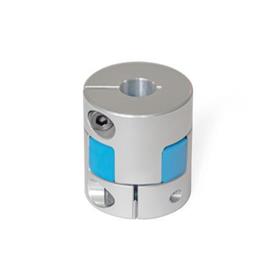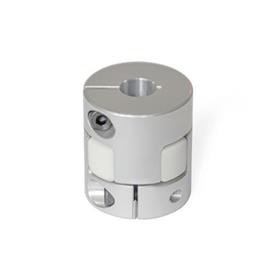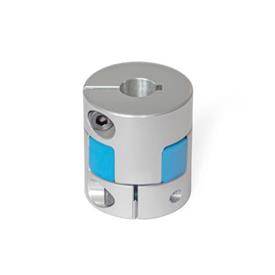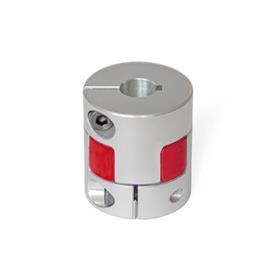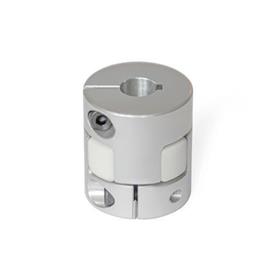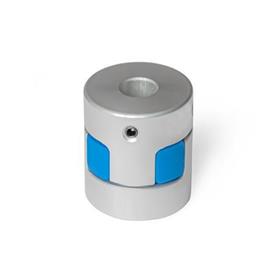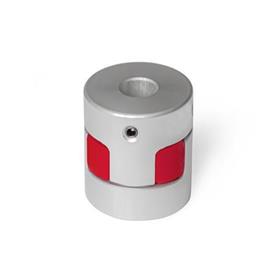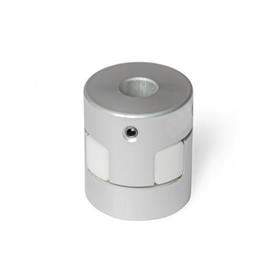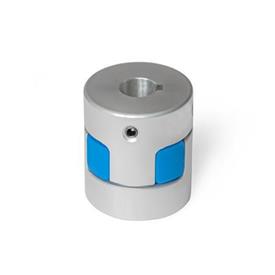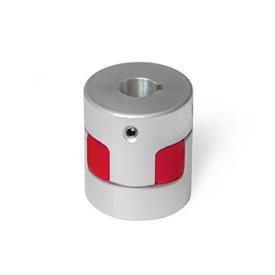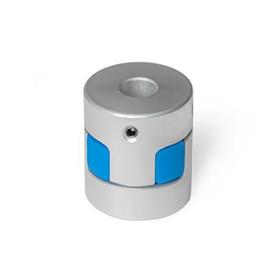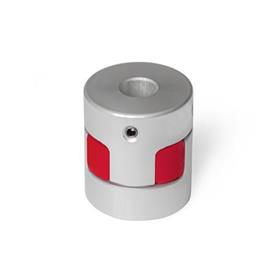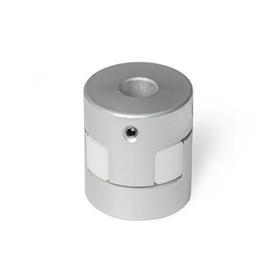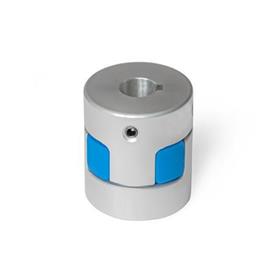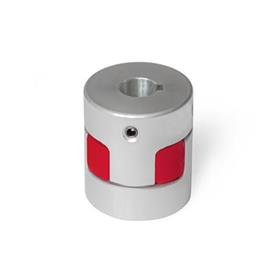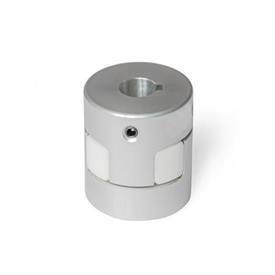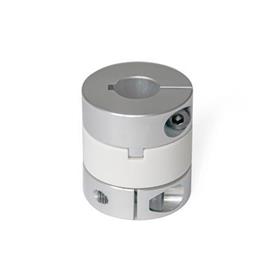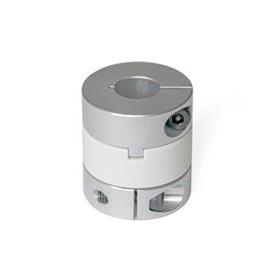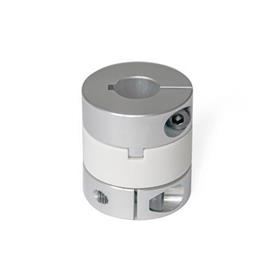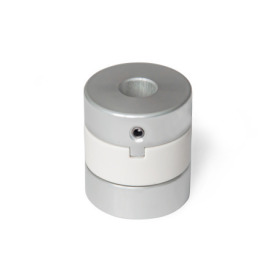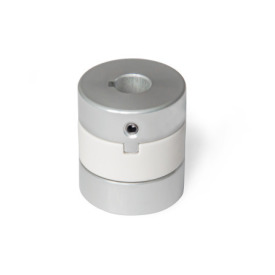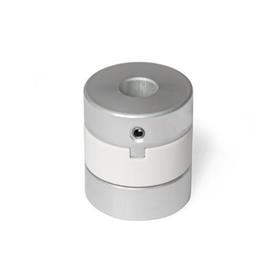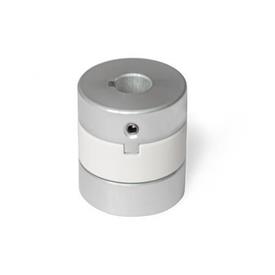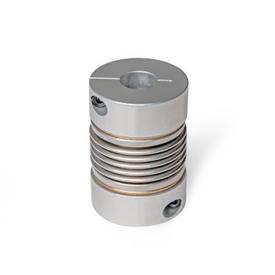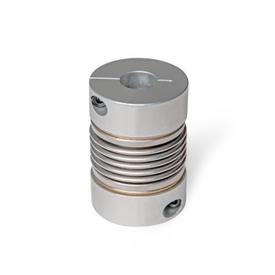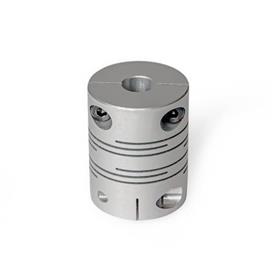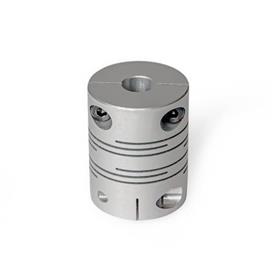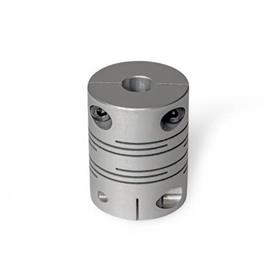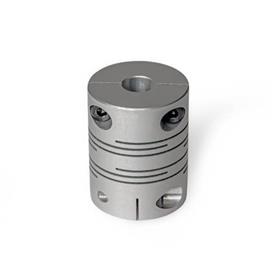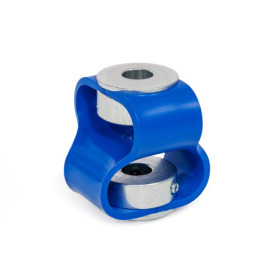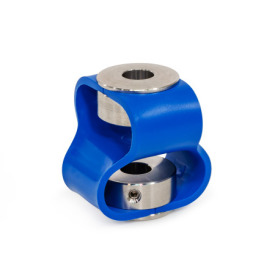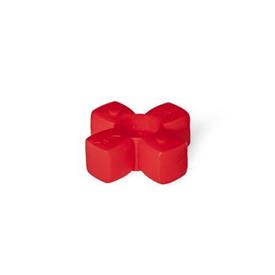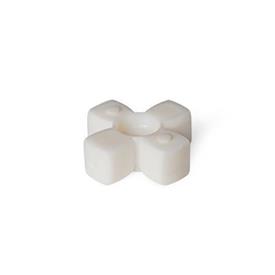Couplings create connections between drive shafts and driven shafts in order to transmit rotary motion and torque. For example, they are used to combine the shafts of motors and transmissions into a single drive unit.
Alongside the primary purpose of transmitting torque, couplings also carry out other important tasks:
- Compensating for shaft offsets and misalignments
- Absorbing runout errors and axial motions
- Damping vibrations and shocks
Couplings are used in a very wide range of applications. The spectrum ranges from simple drives to complex control, regulation and measurement applications.
Flexible couplings - Misalignment and runout tolerances
Like all mechanical parts, shafts are subjected to manufacturing and assembly tolerances that generally cannot be entirely eliminated even with extensive technical measures.
If these deviations are not taken into account in the design, the result can be vibrations, running noises, and wear or damage to the shafts and their bearings.
Suitable couplings not only are able to effectively compensate for misalignment and runout errors, they also greatly simplify the assembly process, thereby reducing the overall labor required.
Shaft misalignment and runout errors can vary in nature and should always be taken into consideration when selecting the appropriate coupling.
Areas of application - Coupling types
The applications of couplings can generally be divided into two classes.
Torque and power transmission
For torque and power transmission, the focus lies on pure transmission of force. This requires couplings that can withstand high torques and heavy loads while functioning reliably in harsh conditions.
Jaw coupling:
Elastomer jaw couplings GN 2240 can transmit very high torques while compensating for shaft misalignments and runout tolerances. They are preferred in applications where the focus lies on pure torque and power transmission.
Oldham coupling:
Oldham couplings GN 2243 can compensate for large lateral shaft misalignments while transmitting high torques. As a result, they are used in applications with a focus on pure torque and power transmission associated with high lateral shaft misalignments.
Motion control
For motion control applications, the rotational movement is transmitted with very high precision and accuracy. This requires a coupling type with a high torsional stiffness and zero backlash in the direction of rotation.
Bellows coupling:
Bellows couplings GN 2244 transmit angle positions and torques with extreme precision and zero backlash. The metal bellows also reliably compensates for shaft misalignments and runout tolerances. The clamping hubs make bellows couplings very easy to install.
Beam coupling:
Beam couplings GN 2246 transmit angle positions and torques with extreme precision and no backlash. They are manufactured of a single piece and offer high torsional stiffness thanks to the alternating slits. The clamping hubs make beam couplings very easy to assemble.

